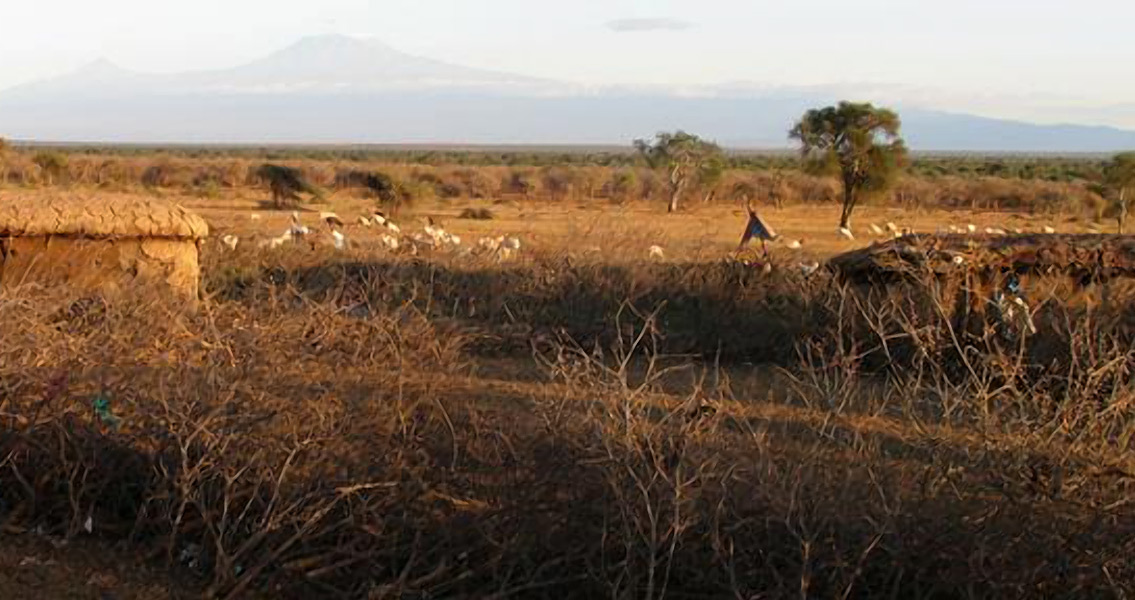<![CDATA[When humans began erecting permanent settlements around 15,000 years ago, the practice had an effect on local animal populations – and new research says the common mouse was one of them. Led by an international group of scientists, the recently published study looked into the link between how humans at the dawn of the agricultural age changed the ecological balance of the world around them. Even before the advent of agriculture, the Middle East became the site of many much more permanent homes, and researchers say these earliest permanent edifices led to the flourishing and proliferation of the common house mouse. Washington University in St. Louis anthropology professor Fiona Marshall, a co-author on the study and an expert on animal domestication, says that the new research provides the first evidence that humans impacted local animal communities as early as 15,000 years ago. The direct result is the dominant presence of house mice she added, remarking that these settlements had major implications for human societies, animal domestication and local ecologies. In a university press release, Professor Marshall characterized the new research as exciting because it showed how the environment was shaped not by farmers but even earlier by settled hunter-gatherers. House mice began to flourish thanks to these hunter-gatherers providing stable access to human shelter and food. The result, Prof. Marshall says, is commensalism - an early form of domestication that teaches species the benefits of interacting with humans. Broad implications are raised by these findings. The timeline for the roots of animal domestication could be pushed back thousands of years prior to the widely accepted “dawn of agriculture” that occurred between 10,000 and 12,000 years ago. The study itself was undertaken to better understand what caused large differences in the ratio of house mice and wild mice discovered in archaeological digs at ancient hunter-gatherer sites in Israel. Researchers used differences in fossilized mouse teeth, some as ancient as 200,000 years old, to trace species-related variations over the millennia, resulting in the construction of a timeline of how different mice population numbers changed over the years the site was occupied by humans. Human mobility changed the relationships between two specific mouse breeds – the short-tailed field mouse and the house mouse. Both of these mice species are still alive today in and around Israel’s modern settlements. The most telling evidence of how mice populations were influenced by human behavior is how they rose and fell in correlation with human populations. Local hunter-gatherers who stayed in the same location for extended periods of time created conditions that saw the house mouse population flourish; these populations would then diminish when the human periodically moved on. In the absence of humans, the house mouse and the field mouse populations achieved equilibrium. When humans were present for long periods of time, the house mice were able to outcompete their evolutionary cousins, pushing the majority of them outside these settlements. The new research study, published in Proceedings of the National Academy of Sciences, can be found here Image courtesy of Lior Weissbrod ]]>
Proliferation of Common Mouse Linked to Human Settlement
